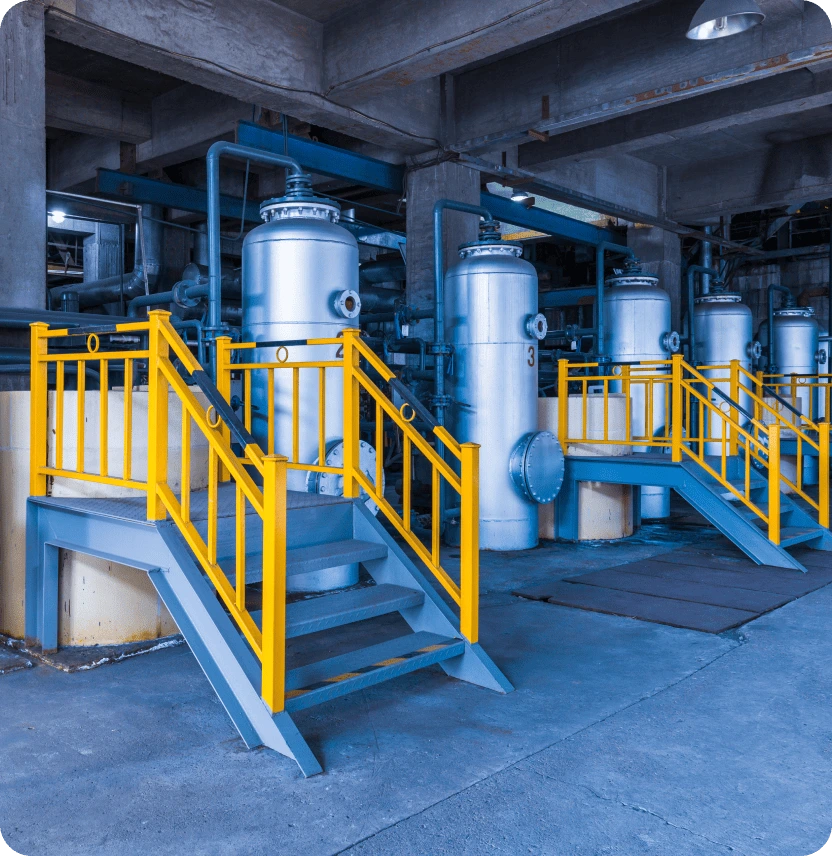Flare systems play a critical role in maintaining the safety and environmental integrity of industrial…

In the highly complex and capital-intensive refinery industry, efficient asset management is not just a best practice — it’s a necessity. From maximizing equipment lifespan to reducing unplanned downtime, asset management solutions play a crucial role in driving productivity, safety, and cost-effectiveness.
Table of Contents
What is Asset Management in the Refinery Sector?
Asset management in refineries refers to the systematic process of operating, maintaining, upgrading, and disposing of physical assets cost-effectively. These assets include equipment such as pumps, compressors, heat exchangers, pipelines, and control systems — all vital for uninterrupted refinery operations.
Key Challenges Faced by Refineries
Refineries operate in demanding environments with challenges such as:
- Aging Infrastructure
- Unplanned Downtime
- Regulatory Compliance
- Corrosion and Equipment Degradation
- High Maintenance Costs
Without robust asset management strategies, these issues can escalate into costly shutdowns or safety risks.
Components of Effective Asset Management Solutions
- Predictive Maintenance (PdM)
- Using data analytics, sensors, and IoT, predictive maintenance forecasts equipment failures before they occur.
- This reduces unplanned downtime and minimizes maintenance costs.
- Condition Monitoring
- Real-time monitoring tools track asset health indicators such as vibration, temperature, and pressure.
- Early detection of anomalies ensures timely intervention.
- Asset Lifecycle Management
- Tracks every phase of an asset — from acquisition to retirement — enabling informed decisions on upgrades or replacements.
- Computerized Maintenance Management Systems (CMMS)
- A CMMS digitizes asset data, automates maintenance scheduling, and stores inspection records — improving traceability and compliance.
- Risk-Based Inspection (RBI)
- RBI prioritizes inspections based on the risk profile of assets, optimizing resource allocation and enhancing safety.
- Digital Twin Technology
- A virtual replica of refinery assets allows simulation, performance testing, and failure prediction, improving strategic planning.
Ready to optimize your refinery’s performance? Contact us now for tailored asset management strategies.
Benefits of Asset Management Solutions in Refineries
- Enhanced Operational Reliability
- Improved Safety and Compliance
- Optimized Maintenance Planning
- Cost Savings and ROI Improvement
- Extended Equipment Lifespan
Why Asset Management is Crucial for Modern Refineries
Refineries today face rising pressure to operate sustainably while maintaining high profitability. Effective asset management aligns with these goals by:
- Reducing energy usage and waste
- Ensuring safer work environments
- Helping meets stringent environmental and safety standards
- Supporting digital transformation initiatives
Partnering with Experts for Asset Management Implementation
Implementing asset management solutions requires deep industry expertise and technical proficiency. Collaborating with engineering consultancies specializing in refinery operations — such as those offering digital transformation, process optimization, and lifecycle services — ensures a tailored and scalable approach.
Conclusion
In a sector where downtime costs can reach thousands of dollars per minute, asset management solutions are no longer optional — they are essential. By investing in advanced technologies, data-driven maintenance, and strategic asset planning, refineries can unlock higher performance, lower costs, and greater long-term value.




